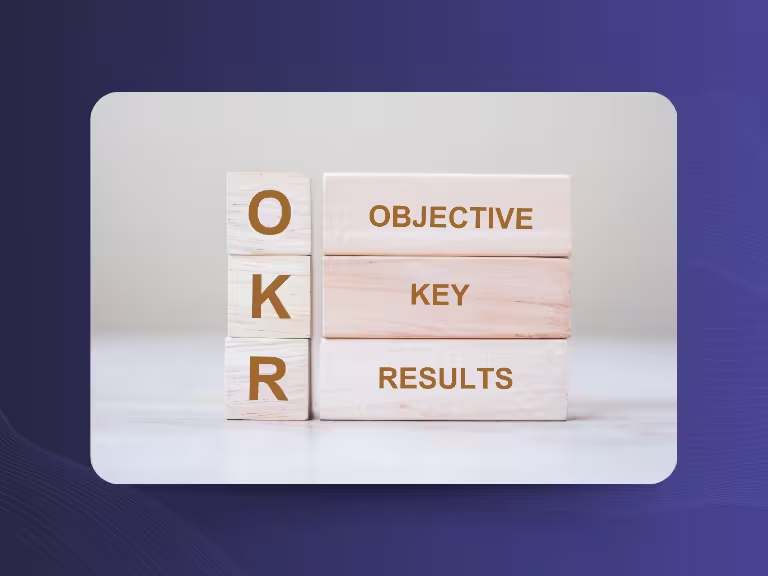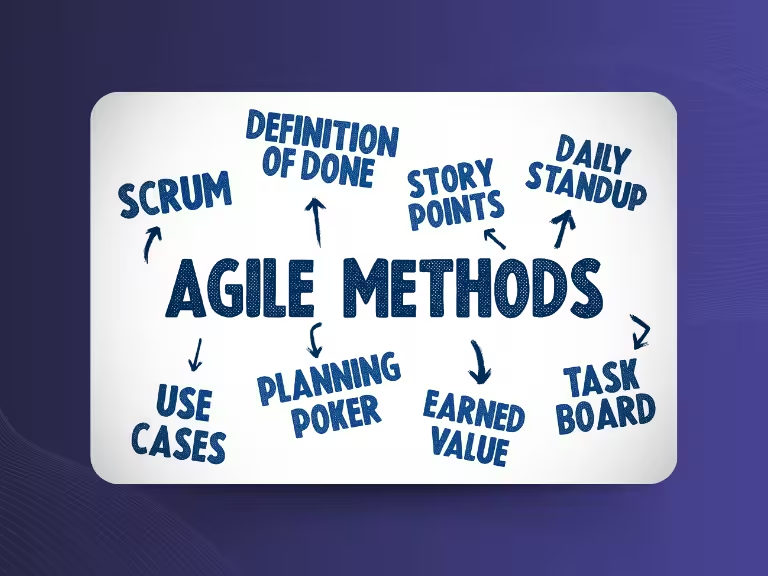Fundamentals and Importance of Cross-Selling
Cross-selling is one of the most effective strategies in modern sales and marketing. It describes the sale of complementary products or services to an already purchased or planned main product. While many companies view cross-selling as simple additional sales, it is actually a strategic instrument for sustainable customer retention and revenue growth. The importance of cross-selling strategies has increased significantly in recent years, as companies have recognized that acquiring new customers is often five to seven times more expensive than selling to existing customers.
What Is Cross-Selling?
The crucial difference between cross-selling and upselling lies in the type of products offered. Cross-selling focuses on complementary products or services that enhance or expand the utility of the main product. A classic example is selling protective cases, headphones, or charging cables when purchasing a smartphone. Upselling, on the other hand, aims to move customers to a higher-value version of the same product – such as from a standard smartphone to a premium model.
This distinction is important because both strategies appeal to different customer psychologies. Cross-selling appeals to the desire for completeness and comfort, while upselling targets quality consciousness and status. Successful companies skillfully combine both approaches to achieve maximum impact.
Why Is Cross-Selling So Effective?
The effectiveness of cross-selling is based on several measurable factors. Studies by McKinsey and Gartner show that well-implemented cross-selling strategies can increase Customer Lifetime Value (CLV) by up to 30 percent. At the same time, about 70 percent of customers are open to product recommendations, provided they are relevant and individually tailored.
The key lies in increasing CLV, which is the total value a customer generates throughout their entire business relationship. Cross-selling not only increases the average order value but also promotes customer loyalty. Customers who use multiple products from one company switch to competitors less frequently and recommend the company more often.

Effective Cross-Selling Strategies and Techniques
Target Audience Analysis and Segmentation
The success of any cross-selling strategy depends on understanding the target audience. Modern CRM systems provide detailed insights into customer behavior, purchase history, and individual customer preferences. This data is invaluable for developing targeted cross-selling approaches.
Segmentation should go beyond demographic characteristics and include behavioral criteria. Customers can be grouped by purchase frequency, product affinity, or communication preferences, for example. A customer who regularly buys sports equipment is likely to be interested in fitness apps or nutritional supplements as well.
Personalized Offers and Automated Recommendations
The use of AI-powered tools and machine learning has revolutionized cross-selling. Companies like Amazon have demonstrated how powerful personalized recommendations can be. Their "Customers who bought this item also bought" system generates a significant portion of total revenue through cross-selling.
Modern e-commerce platforms use automated emails, intelligent pop-ups, and in-app suggestions to recommend the right products at the right time. Zalando, for example, analyzes its customers' browsing behavior and purchase history to provide personalized outfit suggestions. These technologies are now accessible to smaller companies as well and can be seamlessly integrated into existing systems.
Customer Communication and Timing
The timing of cross-selling offers is crucial. The most effective approaches rely on needs-based and value-creating communication rather than pushy sales tactics. Optimal contact points often occur directly during purchase, shortly after purchase completion, or during service contacts.
When designing cross-selling messages, companies should adopt a consultative tone. Instead of formulating "Buy also...", phrases like "Based on your purchase, you might also be interested in..." appear much less sales-oriented and more customer-oriented. The placement of offers should support the natural customer flow, not interrupt it.
Best Practices, Ethical Considerations, and Long-term Customer Retention
Successful Methods and Case Studies
Cross-selling strategies vary greatly by industry. In e-commerce, fast, data-driven product recommendations work particularly well. Netflix, for example, uses viewing data not only to recommend movies and series but also to market premium subscriptions. In the B2B sector, companies rely on consulting-intensive approaches where sales representatives create complex solution packages.
For measuring success, KPIs like Customer Lifetime Value, repurchase rate, and customer satisfaction are crucial. Companies should regularly analyze which cross-selling offers work best and adjust their strategies accordingly.

Ethics in Cross-Selling – Customer Experience in Focus
Ethical cross-selling means building trust through transparency and relevance. Customers quickly sense whether an offer is made for their benefit or solely for the company's profit maximization. Aggressive or overly frequent cross-selling attempts lead to customer frustration and can damage the brand long-term.
Psychologically speaking, dialogue works better than pressure. Customers want to feel they have real choice and are not being manipulated. Successful cross-selling strategies create win-win situations where customers receive genuine value and the company increases revenue.
Cross-Selling as Part of a Sustainable Customer Strategy
Long-term successful cross-selling focuses on added value rather than short-term profit maximization. Loyalty programs, exclusive offers, and service extensions can support cross-selling strategies while strengthening customer retention.
An excellent example is Apple, which has created a natural cross-selling environment through its ecosystem of hardware, software, and services. Customers who buy an iPhone are organically led to iPads, MacBooks, or Apple Music because the products work seamlessly together.
Technology Support and Industry-Specific Adaptations
Modern Tools for Optimizing Cross-Selling
CRM systems with integrated recommendation management are the backbone of modern cross-selling strategies. These systems can analyze millions of data points and generate personalized recommendations in real-time. AI and Big Data analysis make it possible to recognize patterns in customer behavior that would be invisible to human analysts.
The automation of marketing and sales processes through CRM integration and marketing automation tools makes cross-selling scalable. Modern solutions can automatically trigger email campaigns, display product recommendations on websites, or inform sales representatives about optimal cross-selling opportunities.
In this context, meeting assistants like Sally can also provide valuable services. Through automated transcription and analysis of customer conversations, important information about customer needs can be systematically captured and fed into CRM systems, forming the foundation for targeted cross-selling activities.

Industry-Specific Cross-Selling Approaches
In e-commerce, fast, data-driven product recommendations dominate. Technology makes it possible to analyze which products work well together in milliseconds and present them to customers. The challenge lies in finding the balance between relevance and variety.
The service industry relies on consulting-intensive, individual cross-selling offers. Here, personal contact is paramount, and cross-selling often occurs through trusted consultation conversations. Insurance companies, for example, use life changes in their customers as opportunities for cross-selling conversations.
In the B2B sector, cross-selling strategies are complex and long-term oriented. Here, it's often about complex solution packages and upgrades that require intensive personal sales. Decision-making processes are longer and involve multiple stakeholders, requiring a different approach.
Conclusion
Cross-selling is far more than a simple sales tool – it's a strategic customer retention method that, when properly applied, sustainably benefits both companies and customers. Successful cross-selling requires a solid data foundation, personalized approaches, and ethical design that places the customer experience at the center.
Modern technology significantly facilitates the process and increases the accuracy of offers. At the same time, industry-specific adaptation is crucial for sustainable success. Companies that strategically use their CRM data, train their sales teams accordingly, and consistently prioritize customer needs will be successful with cross-selling strategies in the long term.
The next step should be an honest analysis of current cross-selling activities within your own company. What data is available? How can it be better utilized? And which tools – from CRM systems to innovative solutions like automated meeting assistants – can help optimize cross-selling strategies while building authentic customer relationships?

Test Meeting Transcription now!
We'll help you set everything up - just contact us via the form.
Test NowOr: Arrange a Demo Appointment




